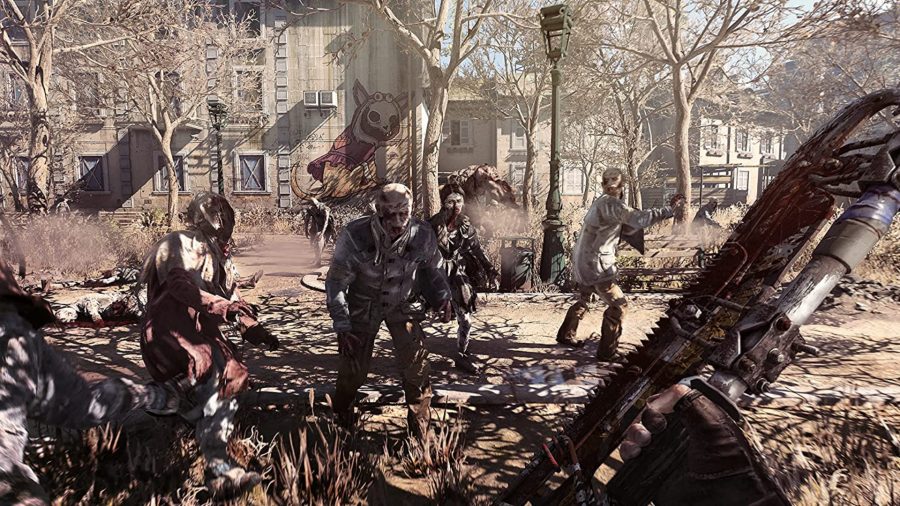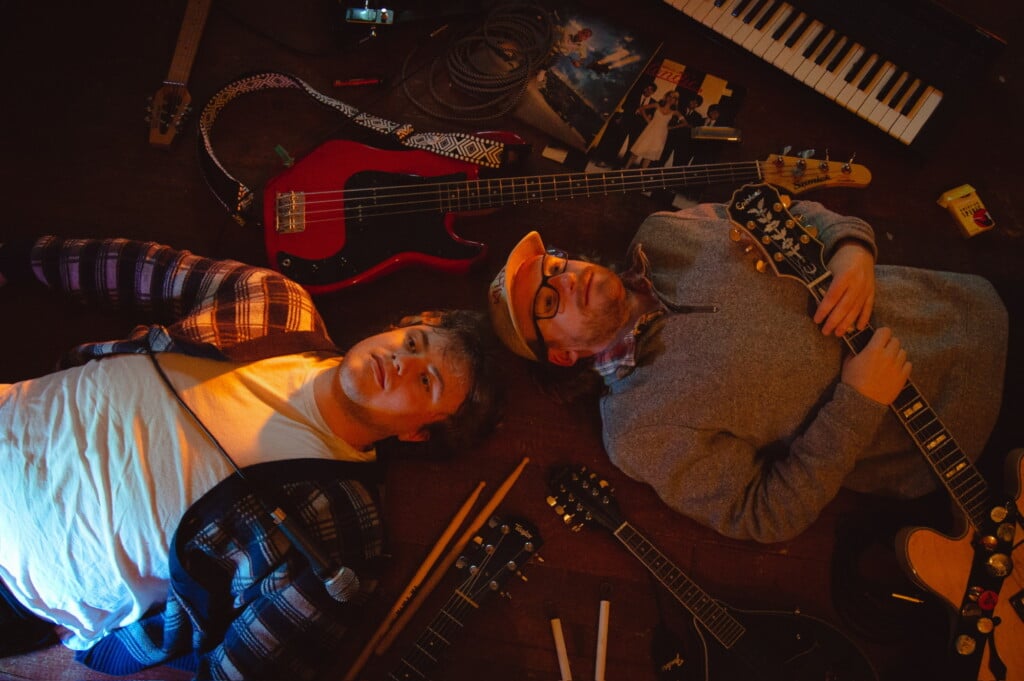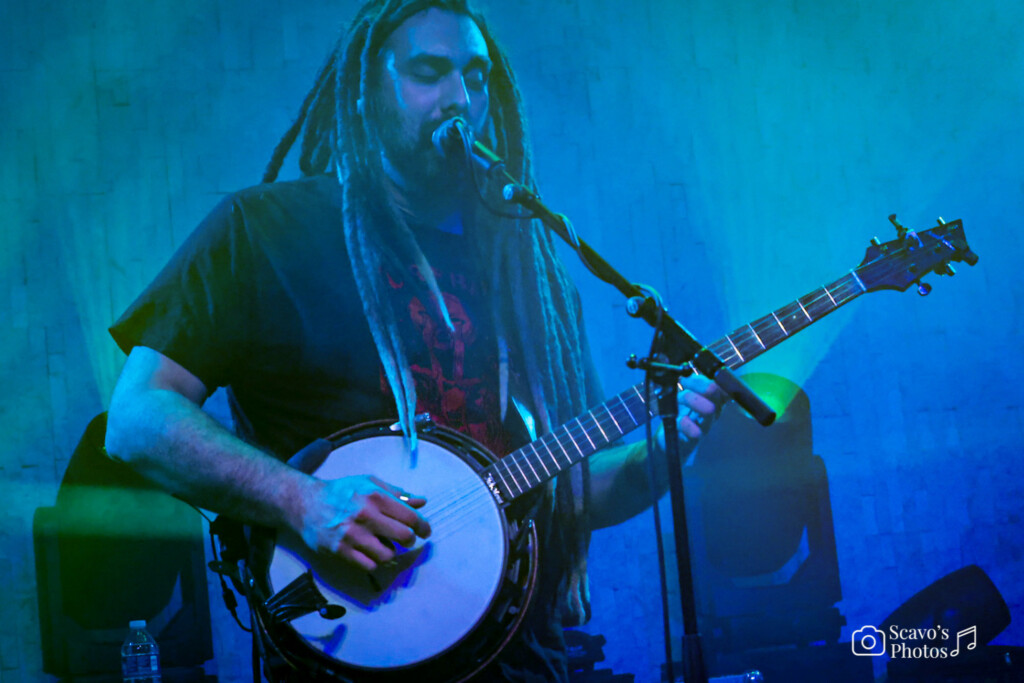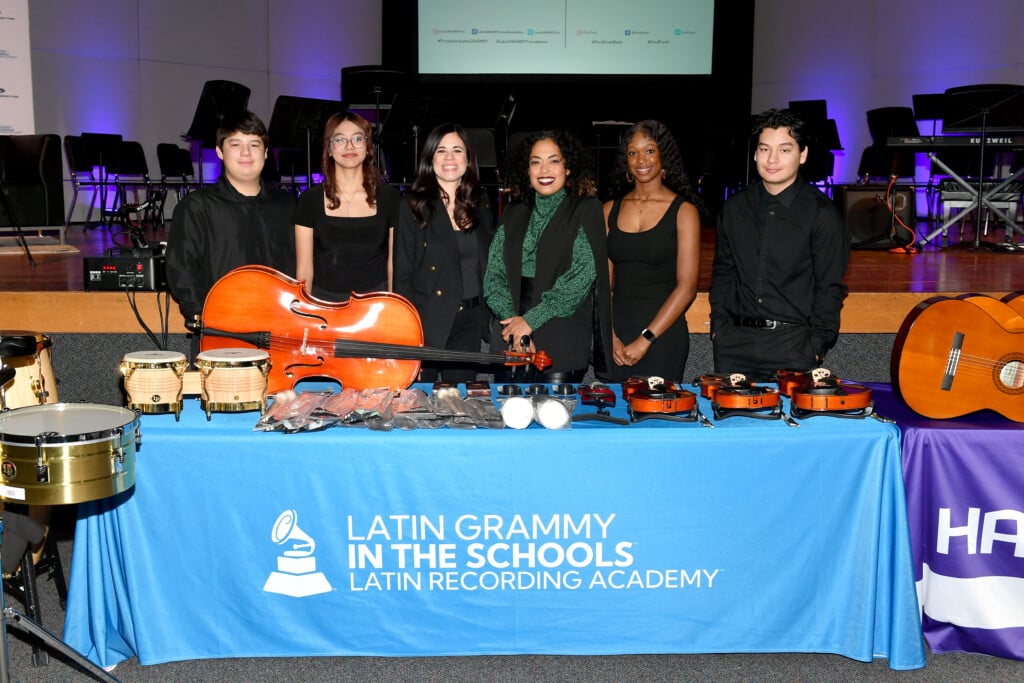Composer Olivier Derivière on reanimating the sound of Dying Light 2: Stay Human
My lane has always been video games about trying to survive. I love feeling powerless against a brutal world where all the odds are stacked against you. It’s escapism from my day-to-day life in that… oh. Shit.
Dying Light 2: Stay Human is Techland Studio’s sequel to 2015’s video game Dying Light. The concept of the series revolves around “What if you were in a zombie overrun city where your biggest weapon against them was not weapons, but rather parkour?”
Yes, that scene is all I could think too at the start. One of the hardest things to do in a first-person game is to figure out how to make platform jumping and leaping both fun, and functional. Few people have pulled it off, outside of this IP.
The other defining element of the Dying Light franchise is that they get to eat their cake and… eat it(?) too. Within the games, zombies in the daytime are more subdued, like the George A. Romero shamblers of old. When night falls, everyone goes fully 28 Days Later fast-zomb nightmare. It’s the best of both worlds for fans of each school of the undead.
The recently released sequel to Dying Light has expanded the universe into a place where survivors are trying to rebuild society, despite not defeating the undead. Alongside this, the player-character is in charge of making decisions about how the future of humanity will be molded.
We spoke with prolific composer Olivier Derivière via translator about recording for the soundtrack at Abbey Road, crafting a living score, and what it takes for him to stay human.
The Pitch: How do you start the process of crafting a game soundtrack?
Olivier Derivière: There are two dimensions. The first is the artistic approach meaning the type of music, instruments, and themes. The second dimension is about interactivity; how the music will react to the game. It involves long conversations with the different members of the developer’s team, and mostly with the Creative Director.
You’re not scoring to the hard-locked shots of a film, you’re composing for a fluid 100-hour experience. What did you do thematically and technically to get this started?
That’s a very difficult question because games can last for one hour like Streets of Rage 4 or hundreds of hours like Dying Light 2. Of course, we can’t score 100 hours of gameplay with unique cues all along. So the strategy is to evaluate what are the different gameplay loops—what players will do over and over again—and how we can dress them so they would feel different and interesting each time.
In Dying Light 2, I really wanted to push the idea of storytelling in an open world, where of course players are free to roam in the world of the game and do what they want. But a game can tell two stories at the same time: the script and the player’s journey. The last one is the most important one when it comes to open-world games, and I think the technology offers enough freedom to really support it in a unique way.
You wanted to create a post-apocalyptic soundscape. How did you create new post-apocalyptic instruments to pull this off?
Creative Director “Pyza” wanted to reflect on the broken world of Dying Light 2. Everything in Dying Light 2 approaches this theme, from the broken city to the broken characters. So the music should follow. That’s why I asked my friend Nicolas Bras to create a unique instrument which he called “The Electric Psaltery” that really sounds “broken.” In addition, because of the scale and the emotions in the game, we added an orchestra, but not a regular orchestra. I’ve had the privilege to work with the London Contemporary Orchestra, which can provide really unique articulations. Together we created something that feels a little uneasy, a little broken.
What was it like to record at Abbey Road?
It is always a treat to go record at Abbey Road. Because of COVID, I had to be at my studio and do remote sessions. Not only that but for the first time I had to record the orchestra separately. First the strings, then the woodwinds, and finally the brass. It was an opportunity for me to arrange music differently than if the orchestra was all together.
You’ve mentioned that the recording of your soundtrack is completely different from the in-game experience. What are the systems that allow your soundtrack to organically evolve to a player’s actions? How do you compose with that in mind?
I am really into music design for games. It means that music has to have specific functions depending on the player’s actions. For instance, in Dying Light 2, if you start running the music will start, then the more parkour moves you are making, the bigger the music until you reach what we called the “parkour flow” which reaches the pinnacle of the music.
To create such a feeling, you need to first design the idea, test it, and finally produce it. It is a long process. But after many failures and retries, I was able to reach what we had in mind.
You’re coming to this off of some of the most genre-pushing period scores in games of the decade—A Plague Tale and Vamypr. What did you learn from dabbling in the arrangements and musicality of those works?
Plague Tale and Vampyr have one similarity which is the cello performed by the great Eric Maria Couturier. But one is more melodic and the other more textural. Each project is a mystery for me about how I will write and produce the music. That is why I spend a lot of time diving into the Creative Director’s mind to really understand what they want. They have all the answers. You need to listen very carefully to what they say, not about music, but about their game and all the solutions will come at you.
Dying Light 2 is a huge departure from the first game, in terms of the sheer amount of story, dialogue, context, etc. I don’t know if you have thoughts regarding the first game, but I’d love to know your impressions. Beyond that, I’d love to know how you approached this with ideas on an evolution around this new vision?
Dying Light 2 is huge! Like super big. It was a real challenge for everybody. I’ve worked very closely with Techland for three years to provide the best musical experience I could for the players. We wanted to tell a story within an open world without making it too linear, so I had to create the most sophisticated music structure I’ve done to date.
Tell me absolutely everything about what it was like to start your game-scoring career with the all-timer underrated games Obscure and Obscure II. Probably my one chance to ask you about those gems.
Ha! Old memories. The Obscure series has a special place in my heart as they are the first games I scored. I can’t tell you everything but I will tell you this. This experience showed me that coders are really underrated in the gaming public eye. I spent days and sometimes nights working with one coder, in particular, Bruno Carrez. Thanks to him I could achieve what you can experience in the game: a flow of music despite all the loading times. It may sound trivial today but at the time, on PlayStation 2, to get such a feature that would seamlessly play music between gameplay, cutscenes, and loadings, was groundbreaking. So, for all the coders that through the years were giving me the capacity of making my music shine, I want to say: merci!








